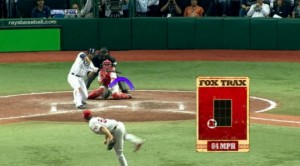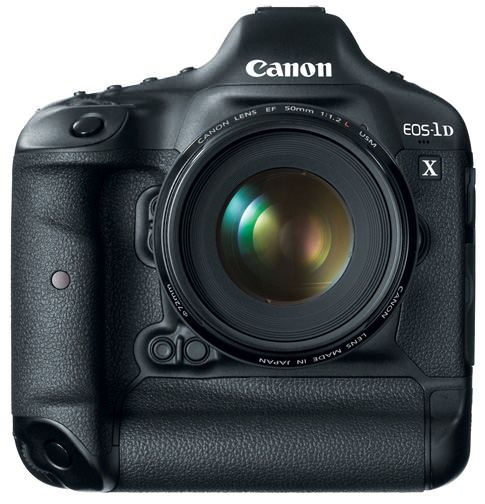
Drug delivering Nanoparticle
A new type of nanoparticle developed in the laboratories at the University of North Carolina has shown potential for more effective delivery of chemotherapy to treat cancer. Wenbin Lin, PhD, Kenan Distinguished Professor of Chemistry and Pharmacy, and colleagues report their finding in the Sept. 14, 2011 issue of Angewandte Chemie.
In laboratory studies, Lin and colleagues developed and tested a new type of nanoparticle that can deliver larger amounts of a drug and will not leak the drug as the particle circulates through the blood stream on its way to the target.
In the proof-of-concept experiments, they tested the nanoparticle’s ability to deliver therapeutic doses of the chemotherapy drug oxaliplatin to colon and pancreatic tumors. The oxaliplatin-based particles showed significant growth inhibition of pancreatic tumors that are extremely difficult to treat. The nanoparticle has two to three times therapeutic efficacy over oxaliplatin.
The nanoparticle is different from other nanoparticles in its very high drug loading and in the ability to release in the chemotherapeutics in a controlled fashion. The release of therapeutic cargoes depends on the naturally occurring molecules that are more abundant in many tumors.
Lin explains, “The polysilsesquioxane (PSQ) particle we have developed carries extremely high loadings of oxaliplatin-based chemotherapeutics. The particles are stable under normal physiological conditions, but can be readily reduced to release the platin cargoes in highly reducing tumor microenvironments that have high concentrations of reducing agents. As a result, they have very little background release and are more easily targeted to tumors than most existing particles. We need to thoroughly determine the pharmacokinetics and other important properties of the PSQparticle in order to translate this particle platform to the clinic.”
Via PsyOrg.com
 What did the world’s first language sound like?
What did the world’s first language sound like?







